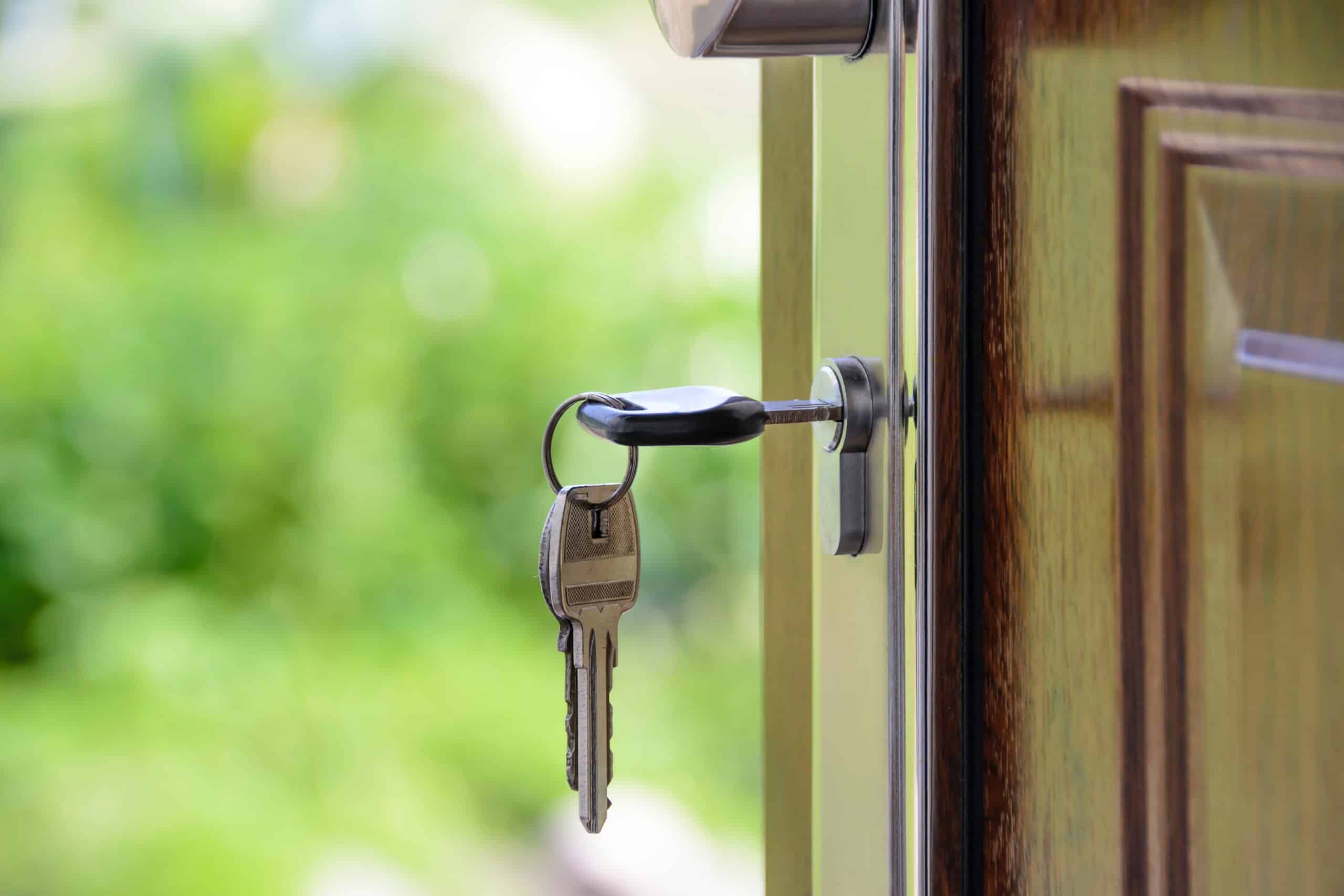Here’s how much house prices have increased in 10 years in Ontario
Published April 17, 2024 at 4:27 pm

While it’s no secret that house prices have risen in Ontario – and the GTA in particular – over the years, the data shows the increase has been quite significant.
According to data from the Canadian Real Estate Association, the average selling price of a resale home in Ontario hit $889,033 in March 2024, up from the benchmark home price (which is different from average selling price, as CREA doesn’t provide that data) of $416,300 recorded in the province in March 2014.
That’s a difference of more than $400,000.
According to MoneySense, a benchmark home price is a statistic used to track changes in housing prices over time in specific geographical areas.
While different markets across Ontario boast different prices, the increase in prices in the overall GTA is dramatic.
According to a recent report by the Toronto Regional Real Estate Board, the average selling price of a GTA (which includes Toronto) home hit $1,121,615 last month. By comparison, the average selling price of a GTA home was $557,684 in March 2014 – an increase of well over $500,000 in 10 years.
Markets that have seen substantial price increases include Toronto, where the average price climbed from $597,401 (all home types combined) in 2014 to $1,087,017 in 2024 and Mississauga, where prices increased from $497,051 to $1,056,300.
Other cities with significant increases include Brampton ($430,963 in 2014 to $1,028,297 in 2024), Oakville ($812,894 to $1,486,047), Burlington ($556,518 to $1,119,979), Milton ($522,397 to $1,061,031), Halton Hills ($508,343 to $1,136,762) and Hamilton ($325,826 to $826,462).
Prices are also up significantly in Durham. In 2014, the average home price in Oshawa was $300,358. Now, it’s $802,843. Ten years ago, a home in Ajax cost an average of $421,211. Last month, the average home price was $998,336. In Pickering, homes have climbed from an average of $458,288 to an average of $1,047,860. In Whitby, prices rose from $415,604 in 2014 to $1,040,893 in 2024.
Prices are also way up in Uxbridge, where the average price rose from $527,184 to $1,317,687–a difference of close to $800,000.
More rural parts of the region have also seen significant increases.
In Brock, the average selling price rose from $267,490 to $770,250 and in Clarington, it climbed from $325,112 to $880,831. In Scugog, prices increased from $371,831 to $967,812.
York region also saw significant increases, with the average price in Markham climbing from $695,998 to $1,168,851 and from $733,764 in Richmond Hill in 2014 to $1,415,590 in 2024.
In Vaughan, the average price rose from $705,984 to $1,303,584.
According to the Waterloo Association of Realtors, the average price of a home hit $806,279 last month–up from $336,302 (the average price recorded in 2014 overall).
The Niagara Region has also seen increases, although it remains more affordable. According to a recent report by the Niagara Association of Realtors, the overall composite benchmark price hit $633,400 last month. A local realtor’s blog suggests that’s up quite a bit from an average selling price of $260,986 in 2014.
As of last month, the benchmark price of a home in Niagara Falls was $614,700 and the price of a home in Niagara-on-the-Lake was $1,014,700. In 2014 (the year overall), prices were an average of $239,327 and $470,141, respectively. Prices in St. Catharines rose from an average of $235,551 in 2014 to a benchmark price of $581,500 in March 2024.
In up-and-coming travel (and wine) destination Prince Edward County, the average price hit $813,527 last month. In June 2015, the average price was $261,556.
In a recent news release, TRREB experts said with housing supply not yet keeping pace with demand, prices in major markets are expected to rise.
“The average selling price edged up in comparison to last year as we moved through the first quarter of 2024. Price growth is expected to accelerate during the spring and even more so in the second half of the year, as sales growth catches up with listings growth and sellers’ market conditions start to emerge in many neighbourhoods,” said TRREB chief market analyst Jason Mercer in a report.
“Lower borrowing costs in the months ahead will help fuel increased demand for ownership housing.”
INsauga's Editorial Standards and Policies








